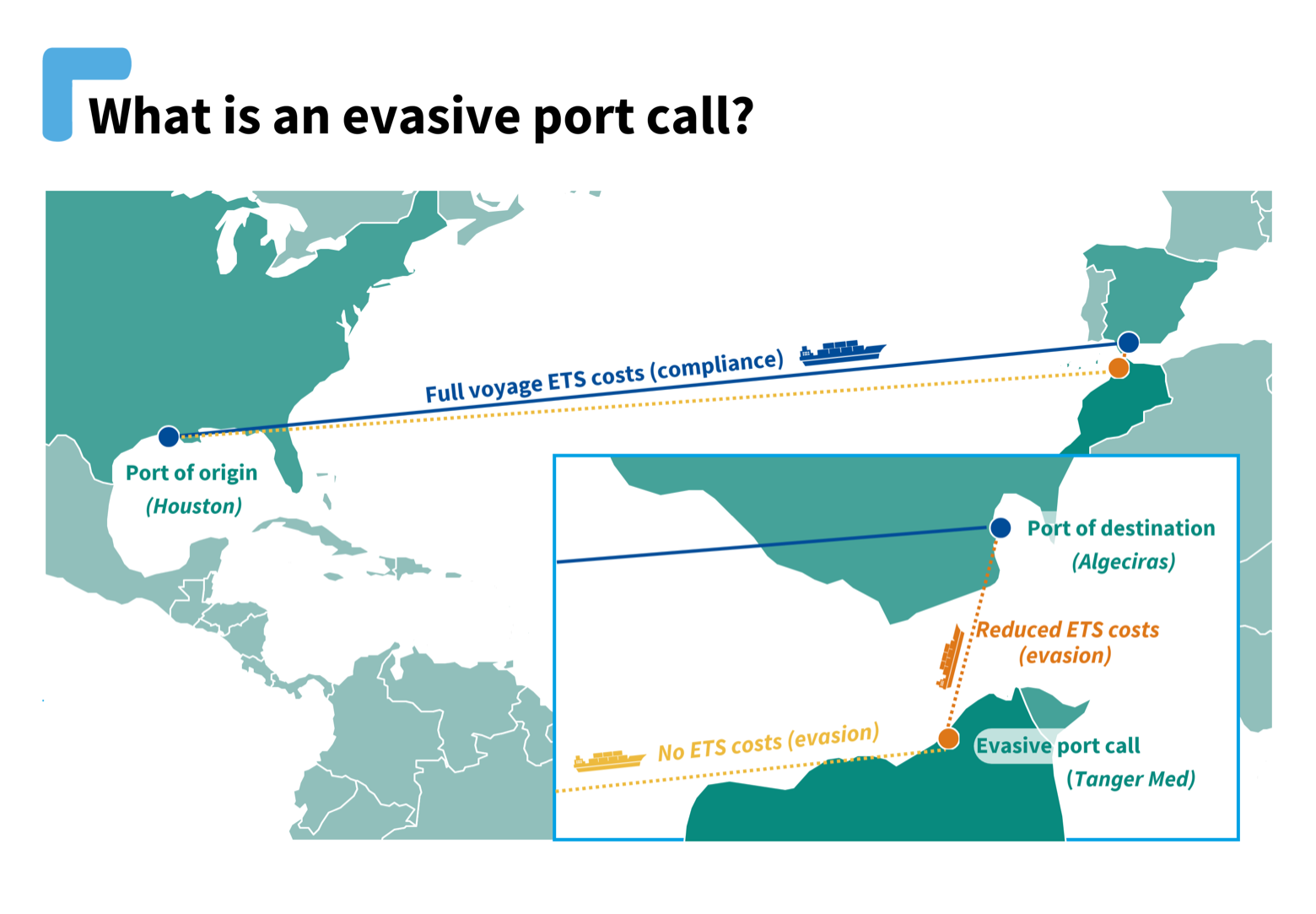A fair wind
2020 was a choppy year for shipping. The pandemic initially threatened to bring global seaborne trade to a standstill while the world sought to stop the spread of the virus. But most of the industry bounced back, not least on the heels of lockdown-driven trade activity via Amazon and other online platforms. On the environmental front, the year saw major advancements in green shipping technology, but realising this potential will need a greater political effort. Importantly, 2020 saw a growing acknowledgement that the industry needs to start paying for its pollution.
Slow moving politics, fast moving tech
Political action on shipping emissions was slow going. Key climate negotiations at the International Maritime Organisation (IMO) were initially delayed, then ended up with greenwashing. The failure by the UN agency was so stark it was explicitly denounced by Laurence Tubiana, the architect of the Paris Climate Agreement, and criticised by the UN Secretary General Antonio Guterres.
And in 2020 the container shipping operator, the Mediterranean Shipping Company (MSC) climbed up in the list of the EU’s top 10 carbon emitters - ahead of Ryanair and two power stations in Germany and Poland. An ominous sign.
European Parliament votes to clean up shipping
Yet a major breakthrough was made at the European Parliament level with MEPs voting to apply the ‘polluter pays’ principle to shipping by including it in the EU emissions trading system (ETS). They also called for a 40% carbon intensity reduction target to apply to ships when they are in operation to be met by 2030, and that ships must also be emissions free at berth by 2030, which will stop maritime transport from polluting cities while ships are docked in Europe’s ports.
The European Green Deal committed to extending the EU carbon market to the maritime sector. The European Commission is now weighing up whether to include inter-European trade only or complete coverage of all incoming and outgoing trips. T&E’s study helped to debunk claims that shippers would simply evade a long-distance ETS by uncovering the minimal benefits of evasion.

A hydrogen strategy for the future
Technological developments were far more promising. In July the European Commission released its Hydrogen Strategy - a blueprint for economic recovery and green technological transition. William Todts, executive director at T&E, said at the time “this is the right plan at the right time. Hydrogen is the missing link in Europe’s strategy to decarbonise planes and ships where electrification is not an option”.
Recognition of shipping in the Smart and Sustainable Mobility Strategy
The year ended with the European Commission publishing its Smart and Sustainable Mobility Strategy (SSMS) where it recognised shipping’s climate impact, while reiterating its commitment to include the sector in the EU carbon market and stating the need to deploy alternative marine fuels. The SSMS also set the ambitious goal of deploying the first ocean-going zero-emission fuel by 2030.
The industry unveils the ships of the future
Despite the looming economic uncertainty, there were important advances within the industry. MAN and Wärtsilä declared a race to deliver the first dual-fuel ammonia engines by 2024. This was followed by one of the world’s largest shipyards, South Korean Daewoo (DSME), announcing the possibility of commercialising a large ocean-going zero-emission vessel by 2025 using ammonia technology.
Other announcements were to follow. Two Belgian companies, the shipowner CMB and engine manufacturer ABC, launched the first dual-fuel hydrogen engine, which could power coastal vessels or serve as auxiliary power generators for long-distance shipping.
And it wasn’t just ships carrying cargo that were set for a makeover. The Danish ferry operator DFDS announced plans to deploy a large zero-emission hydrogen fuel-cell vessel sailing between Oslo and Copenhagen by 2027. The ferry will be able to sail more than 1,500 km on a single hydrogen tank while carrying 1,800 passengers and more than 2,000 passenger cars.
Not on dry land yet
The battle is far from won, though. Clean fuels risk being overlooked in favour of biofuels and liquified natural gas (LNG). T&E will be on the frontline in 2021 to make sure that the fuels powering Europe’s ships in the future are the right ones.